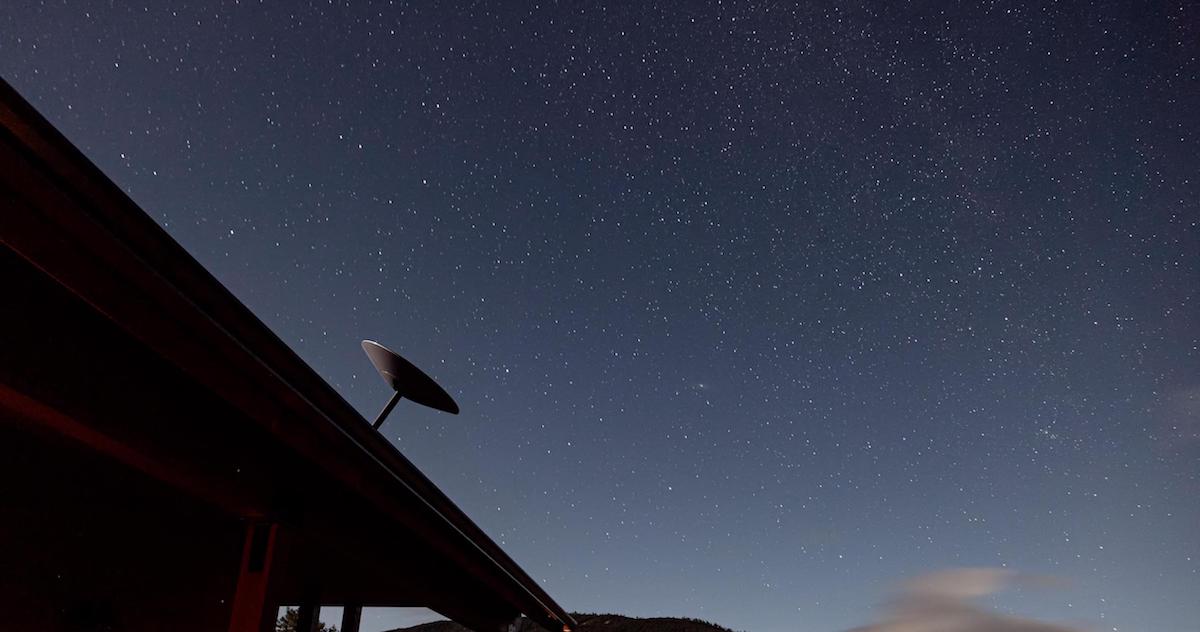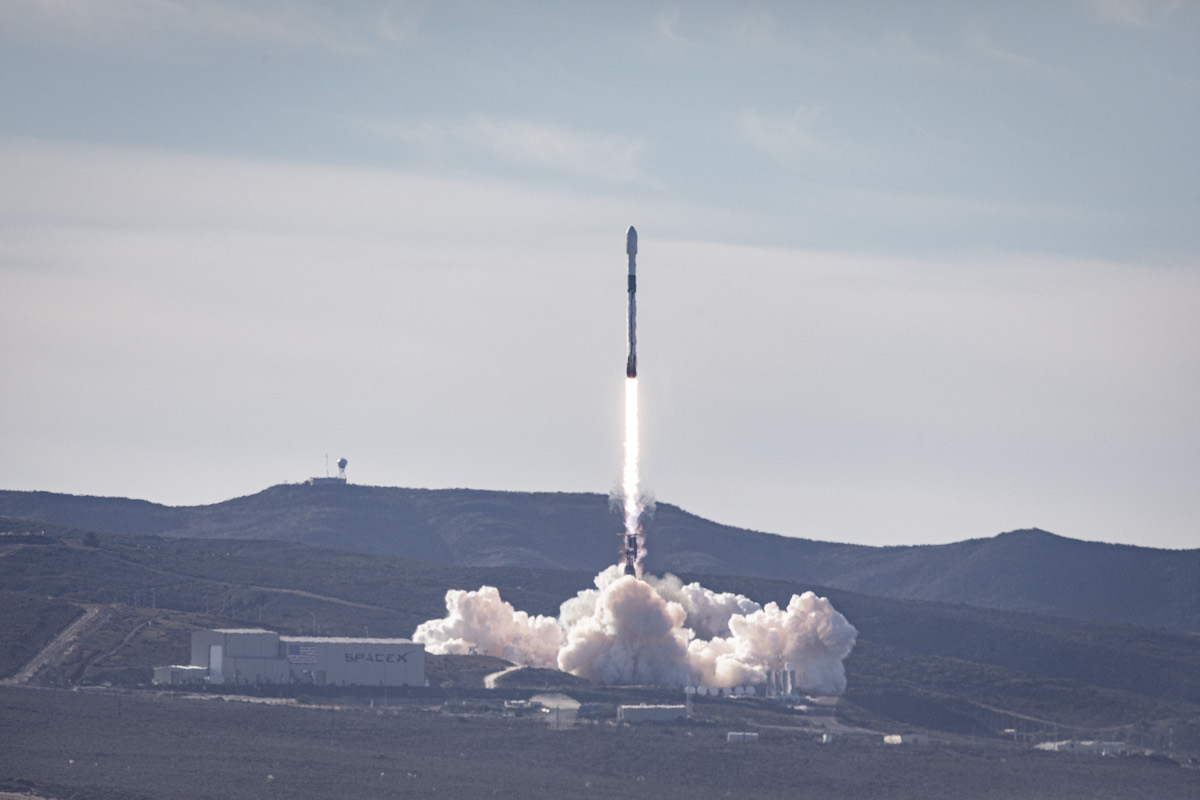
After going through the month of July with no launches, SpaceX is scheduled to resume missions in August with Falcon 9 rocket flights from California and Florida to begin deploying Starlink internet satellites into new orbits.
SpaceX is gearing up for at least two Starlink launches next month, beginning with a Falcon 9 mission departing from Vandenberg Space Force Base, California, no earlier than Aug. 10, multiple sources said. Another Falcon 9 launch is scheduled to carry a batch of Starlink satellites into orbit in mid-August.
They will be the first SpaceX launches since June 30, an unusually long gap in the company’s jam-packed launch schedule. SpaceX launched 20 Falcon 9 missions in the first half of the year, mostly for the company’s own Starlink program.
The most recent Falcon 9 mission to carry a full load of Starlink satellites occurred May 26.
Since then, SpaceX has activated hundreds of internet spacecraft delivered to orbit on previous Falcon 9 missions, raising the number of operational Starlink craft from roughly 950 satellites to more than 1,300, according to an analysis by Jonathan McDowell, an astronomer at the Harvard-Smithsonian Center for Astrophysics and a widely-respected tracker of spaceflight activity.
More than 200 additional Starlink satellites are drifting into their operational positions in orbit 341 miles (550 kilometers) above Earth at an inclination of 53 degrees to the equator.
SpaceX has regulatory approval from the Federal Communications Commission to eventually launch and operate up to 12,000 internet relay satellites. The early phases of SpaceX’s Starlink network involves the launch of 4,408 satellites into five orbital shells, or layers, in low Earth orbit.
SpaceX has launched 1,740 Starlink satellites to date, including prototypes already retired, more than all other commercial satellite fleets combined. Most of the satellites have launched into a 53-degree inclination orbit, the first of five orbital “shells” the company plans to complete full deployment of the Starlink network.
With that shell on the verge of having more than 1,500 active satellites, SpaceX is transitioning to a new phase of the Starlink program.
The completion of the first Starlink “shell” will enable the network to provide high-speed, low-latency internet services to lower latitudes, such as the southern United States. The partial deployment of satellites into the first orbital shell initially provided service over northern regions of the United States, Canada, and Europe, as well as higher-latitude regions in the southern hemisphere.
SpaceX, founded and led by billionaire Elon Musk, is currently providing interim internet services through the Starlink satellites to consumers who have signed up for a beta testing program in the United States, Canada, the United Kingdom, Germany, New Zealand, France, Austria, Belgium, and the Netherlands.
SpaceX’s other Starlink layers will include 1,584 satellites at 335 miles (540 kilometers) and an inclination of 53.2 degrees, 720 satellites at 354 miles (570 kilometers) and an inclination of 70 degrees, and 520 satellites spread into two shells at 348 miles (560 kilometers) and an inclination of 97.6 degrees.
The Starlink mission set for liftoff from Vandenberg next month, designated “Starlink 2-1,” will begin populating a new orbital shell.

A SpaceX application with the FCC associated with launch vehicle telemetry links for the Starlink launch from Vandenberg suggests the company’s booster landing platform, or drone ship, will be positioned in the Pacific Ocean off the coast of Baja California. The drone ship position indicates the launch will target an orbit with an inclination of 70 degrees.
A similar FCC application for a Starlink launch next month from Cape Canaveral shows a SpaceX drone ship will be parked in the Atlantic Ocean in line with a rocket trajectory heading for an inclination of 53.2 degrees.
SpaceX recently moved one of its drone ships, named “Of Course I Still Love You,” from Florida to California to prep for the upcoming Starlink missions from Vandenberg. Weeks later, a new drone ship named “A Shortfall of Gravitas” arrived at Port Canaveral to be stationed there alongside the drone ship “Just Read the Instructions.”
More Starlink missions will follow the launches in mid-August. SpaceX is expected to launch an average of one Starlink mission per month from Vandenberg over the next year, and there will be a regular cadence of Starlink flights from Cape Canaveral, too.
SpaceX has not disclosed what, if any, design changes it plans to introduce on the next series of Starlink satellites, which the company builds on an assembly line at a development facility in Redmond, Washington. A fully loaded Falcon 9 rocket could carry 60 of the quarter-ton first generation of Starlink satellites into orbit on each mission, but it’s not clear whether that number could change on future flights.
In January, Musk said SpaceX would introduce laser intersatellite links to all Starlink spacecraft beginning in 2022. Starlink satellites heading into polar orbit this year would have the upgrade, he tweeted.
SpaceX launched 10 Starlink satellites into a 97.6-degree polar orbit on a rideshare mission in January. Another three Starlink payloads launched into a similar orbit last month on a subsequent rideshare flight.
Those satellites featured laser intersatellite links, which allow spacecraft to pass data and internet traffic between each other without routing it through a ground station. The upgrade will allow SpaceX to provide internet connectivity near the poles and in other regions without ground stations.
Email the author.
Follow Stephen Clark on Twitter: @StephenClark1.
